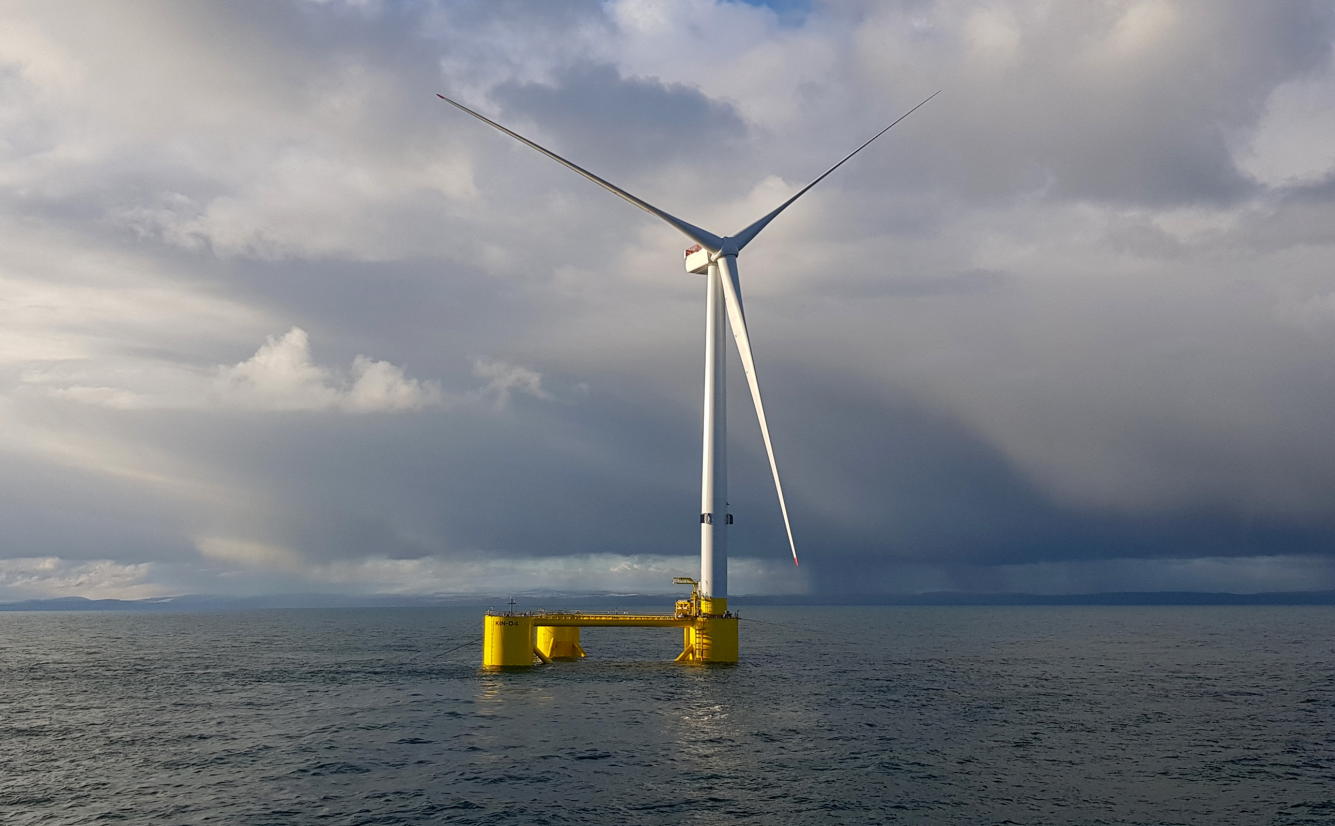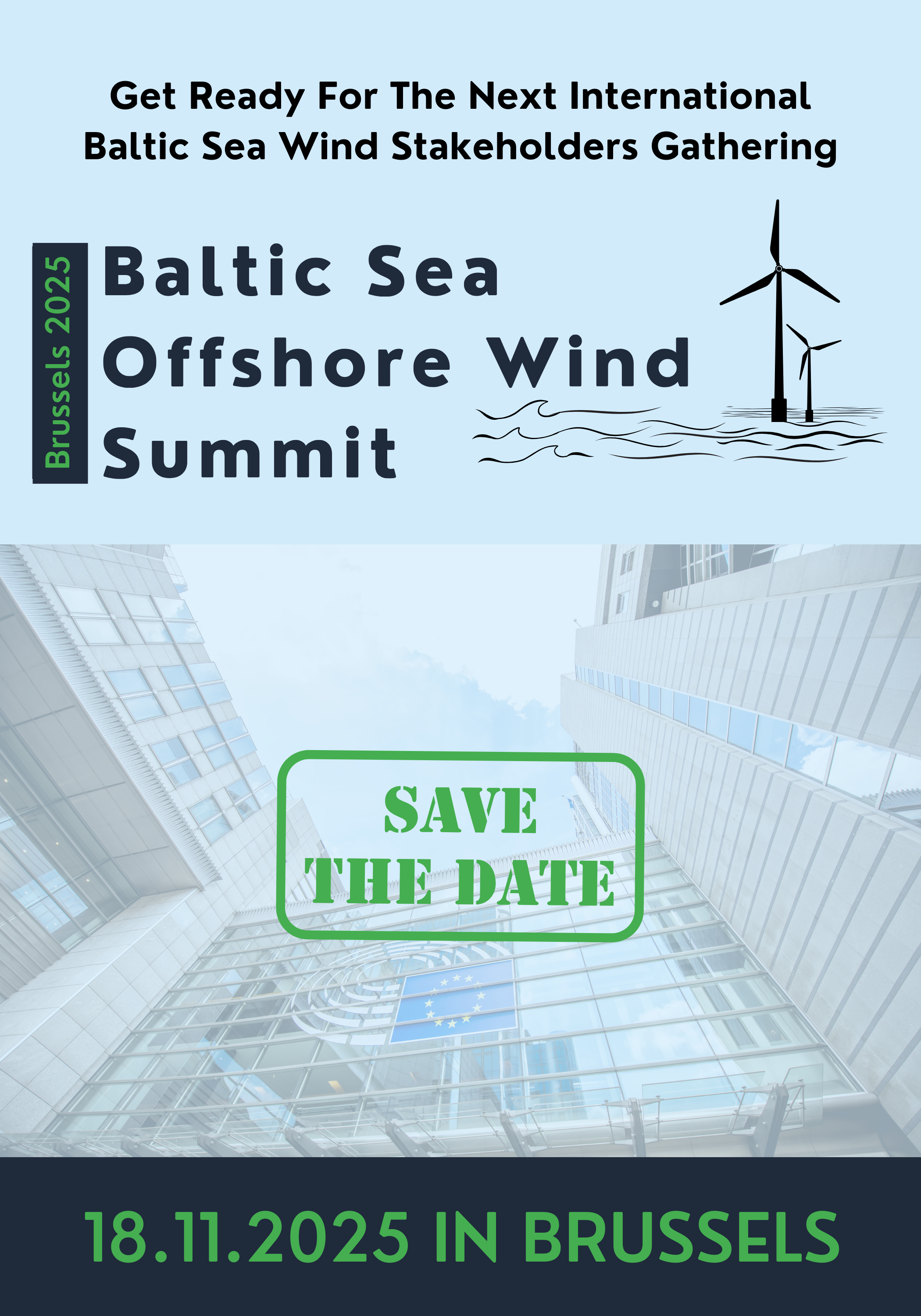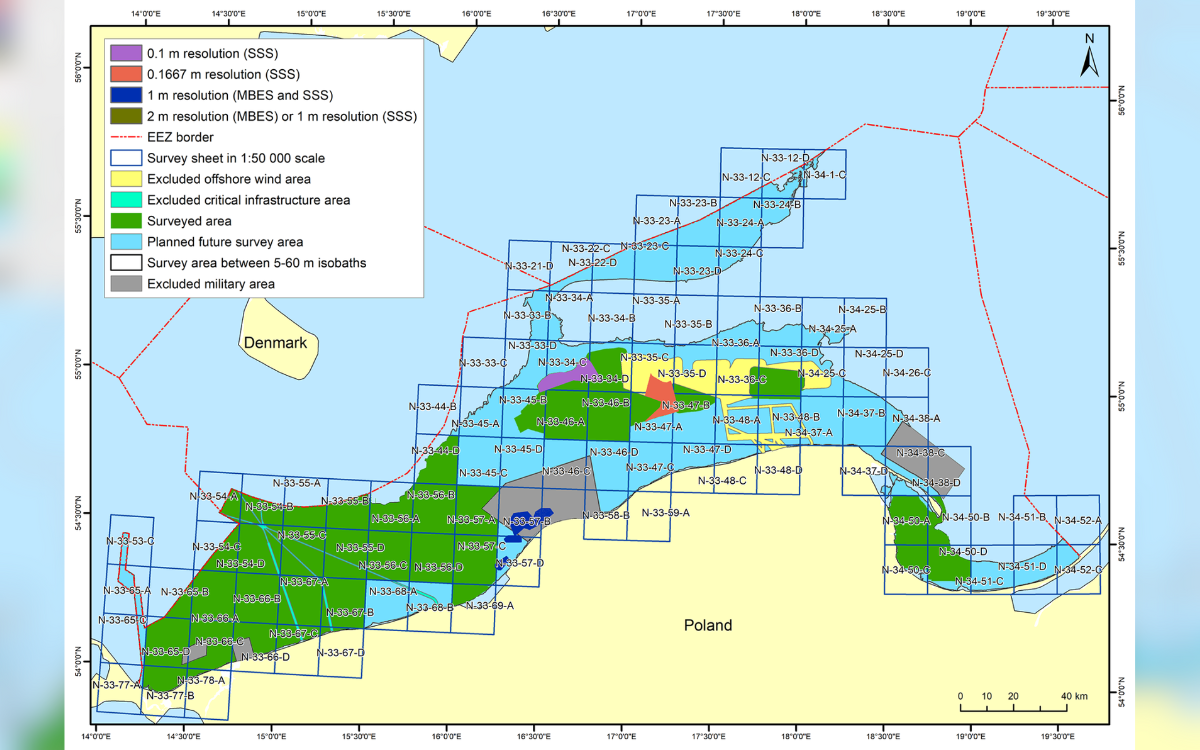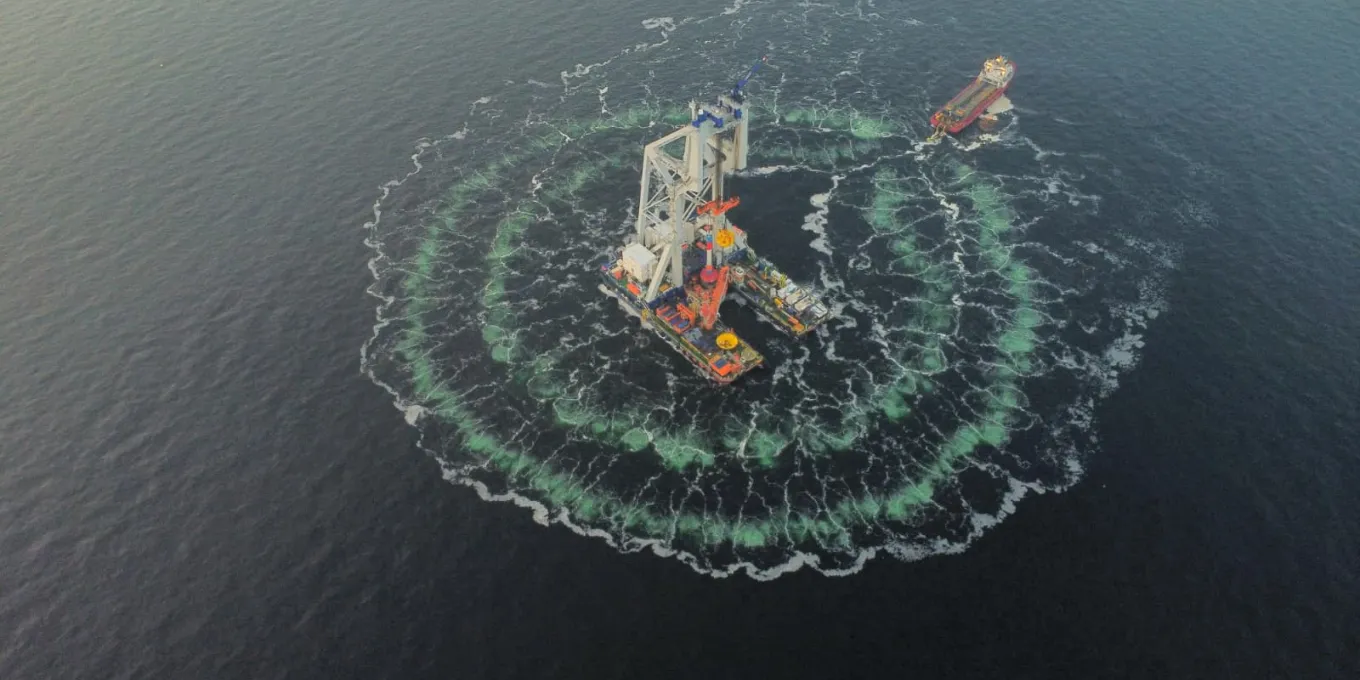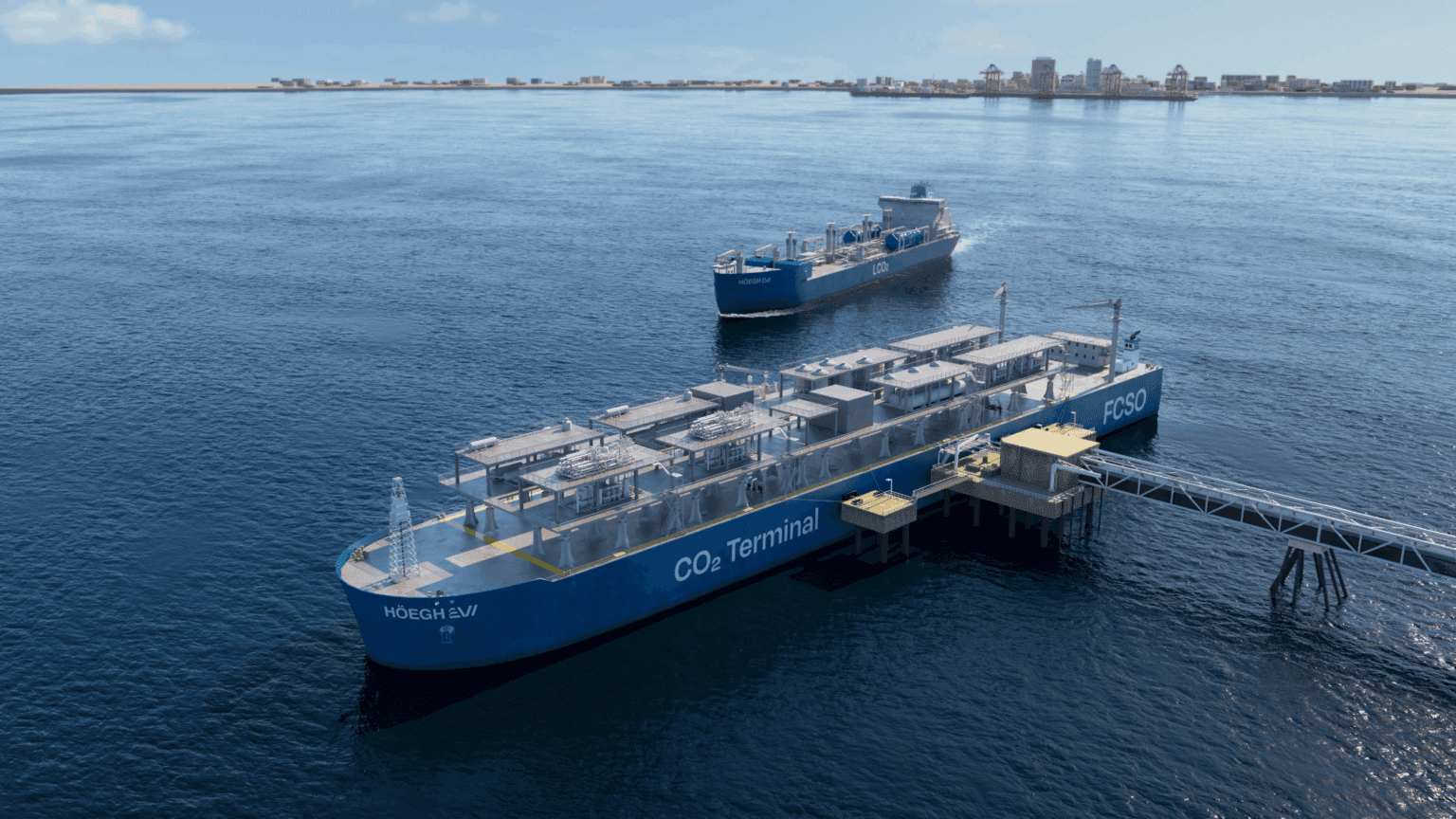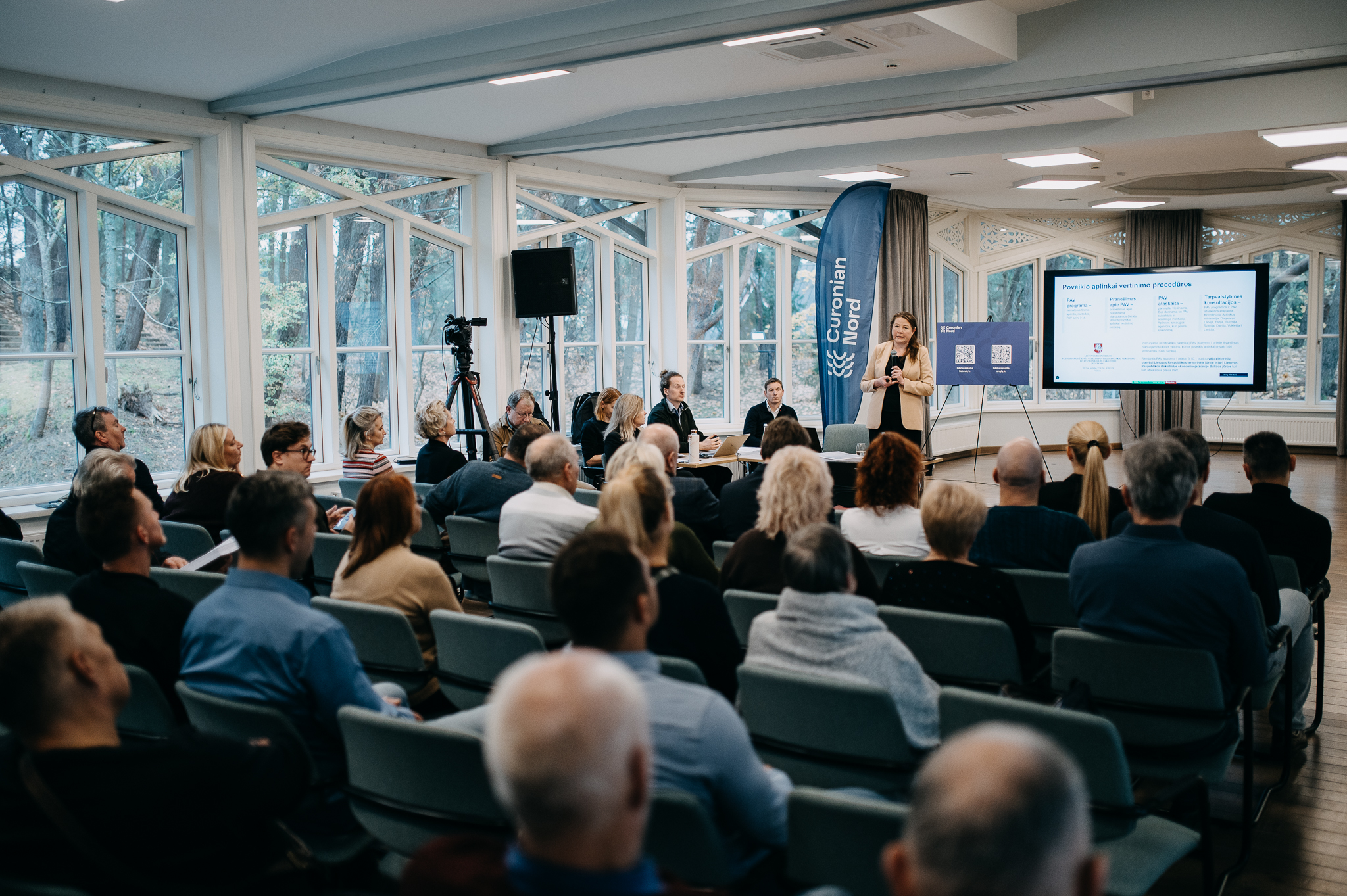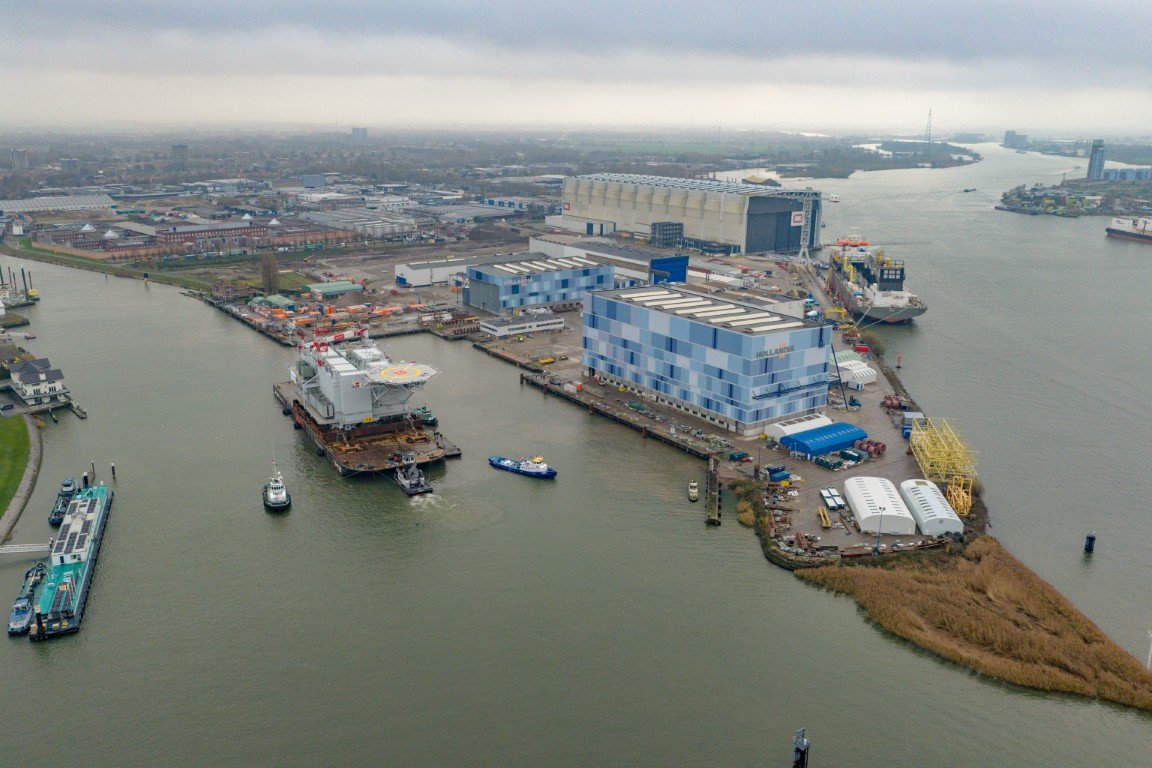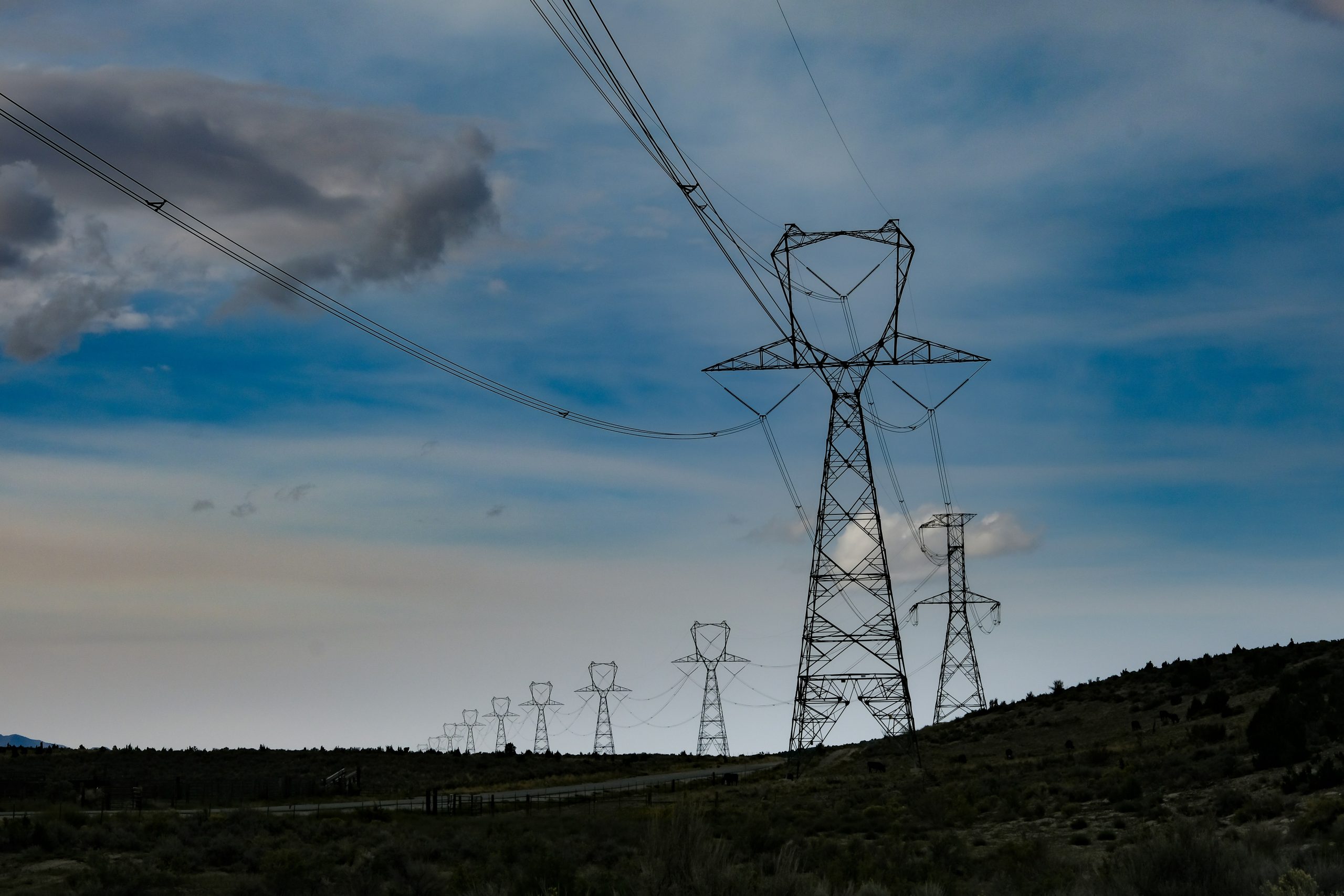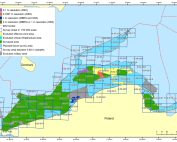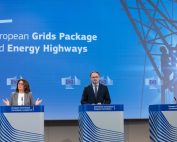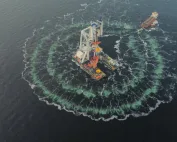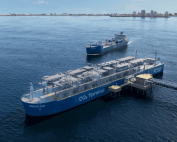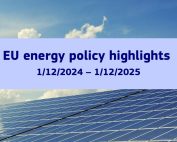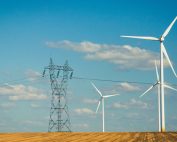Today 113 MW operate using floating foundations and have shown outstanding performance, including the highest capacity factors in the wind sector. The time has come for the technology to move to commercial scale – WindEurope explains in the position paper.
By 2050 floating wind could make up as much as a third of all offshore wind capacity. If national governments deliver on time their ambitions and announced plans, Europe will see 7 GW of floating wind by 2030. WindEurope believes that building at least 7 GW by 2030 in Europe would bring down the cost to €53-76/MWh. Europe can only meet these volume and cost targets if the right policies are in place.
Europe today is a leader in floating wind technology worldwide and scaling up will only widen the social and economic benefits that offshore wind offers. To this end Governments, policymakers, industry, financing institutions and all stakeholders need to work together to develop this framework.
This paper sets out industry views on the policies that National Governments and European Institutions need to take to help develop commercial floating wind farms. The paper also gives an overview on floating wind policy in eight European countries.
WindEurope call on the EU and National Governments to:
- Review National Energy and Climate Plans in line with the EU’s increased climate and energy targets and allocate areas for floating wind through Maritime Spatial Plans;
- Set technology-specific auctions for floating offshore wind including schedules, frequency, volumes, evaluation criteria and combine these auctions with remuneration mechanisms that stabilise revenues;
- Tackle financing costs through institutions (i.e., the European Investment Bank, etc.) acting as guarantor for large floating wind projects by assuming specific risks.
- Make floating grid connections (i.e., floating wind substations, dynamic export cables, landing points, etc.) a top priority for EU research and TSOs by working on solutions that will bring electricity to shore.
- Facilitate industrialisation of the supply chain, ports, and other mass-production infrastructure that are specific to floating wind.
Source: WindEurope
